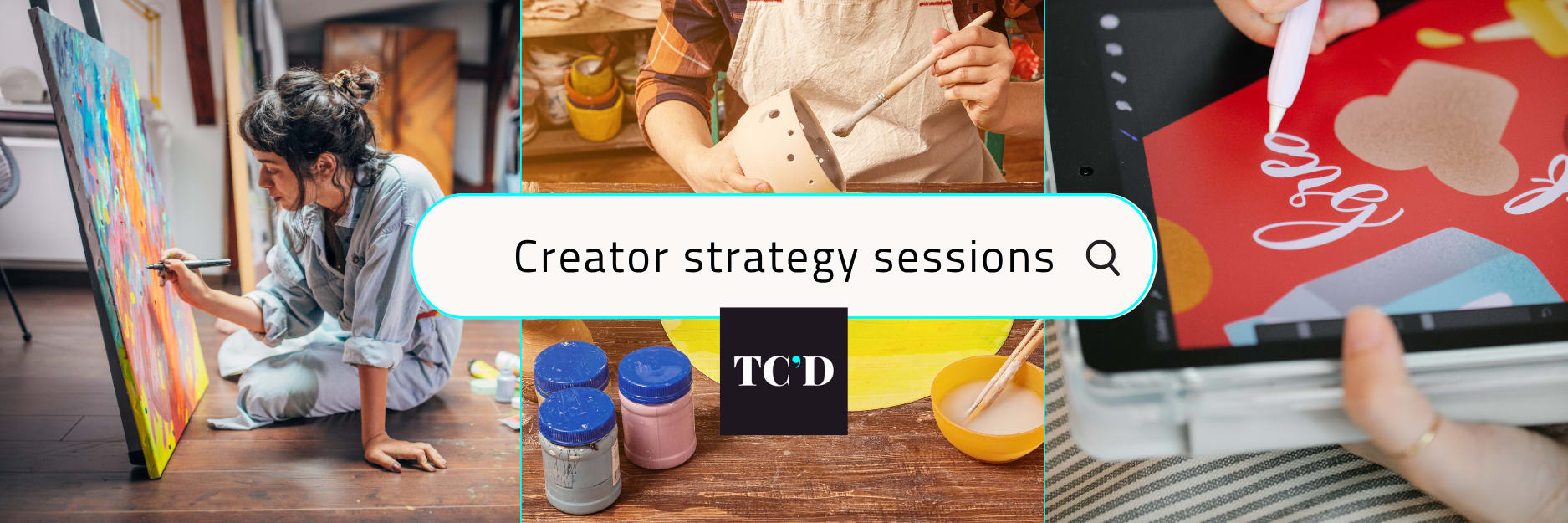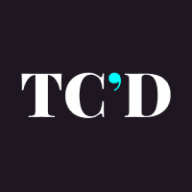The Studio Ghibli dilemma: Human artists vs AI art
The internet got flooded with AI-generated memes in the style of Studio Ghibli, the acclaimed animation studio, after ChatGPT's new AI image generator went live a couple of days ago.

Hi! 👋
The internet got flooded with AI-generated memes in the style of Studio Ghibli, the acclaimed animation studio, after ChatGPT's new AI image generator went live a couple of days ago. So now, we raise important questions about AI art, and dive into practical tips for "human artists" (yes, this is a term now) to help them adapt to this new era.
Welcome (back)! 🤗
This is Petra from The Creators' Diary. If this is your first TC’D newsletter, welcome! We’re happy you’ve subscribed!
Share what you think about this issue or the questions you struggle with as a creator by simply replying to this email. A real human (Petra) reads it.
Story of the week 🗞️
This week, ChatGPT’s new AI image generator went live, and the internet got flooded with AI-generated memes in the style of Studio Ghibli, the infamous Japanese animation studio behind blockbuster films such as “My Neighbor Totoro” and “Spirited Away.”
- Question 1: Do AI companies train on copyrighted works, and in this case, did ChatGPT train on the works of Studio Ghibli?
- Question 2: If artistic style cannot be explicitly copyrighted (in most countries), only specific artworks, how does that influence question 1?
OpenAI (the company behind ChatGPT) gave a statement to TechCrunch, saying that:
"...while ChatGPT refuses to replicate 'the style of individual living artists,' OpenAI does permit it to replicate 'broader studio styles'.”
As TechCrunch points out, however, there are individual artists who pioneered their studio's unique styles, like Hayao Miyazaki did, the co-founder of Studio Ghibli.
What I see is that AI companies deliberately equivocate, blurring answers, while many (human) artists are angry, confused, in denial, or, quite frankly, just try to deal with every emotion possible on the scale in reaction to such news.
I'm here to help.
I'm bringing you practical tips on how you can fight AI art, or in less radical terms, how you can adapt to this new world where AI art exists and will continue to evolve and where human artists will need to find ways to be smart about keeping their place in it:
- Learn—about AI and its connection to art and creators. Get your head in the game and don't get left behind.
- Share—your knowledge about AI & help others learn, too, to figure out what makes some artists refuse this technology and others use it to create AI-generated artworks; including works that are exhibited in respected museums or purchased for a high price.
- Discuss—arguments about the use of AI for artistic purposes, and where we draw the line between inspiration, learning from other artists, finding our own style and creating our own artworks.
- Adapt—as an artist, and do it now. Think about your competition, how AI affects that and whether you need to change lanes in your art career. Add extra human value and physical touch to your artworks, and protect your existing works from AI.
In our newest article, I'll expand on the above points, especially on how you can adapt, and I also share resources that explore the topic of AI art from different perspectives.
You'll find articles and videos about what art is, how different art concepts are affected by AI, and why and how well-known artists use machine learning in their works. And much more.
Remember, keep an open mind. Learn. Share. Discuss. Adapt.
👉 4 things human artists can do about AI art
Creator quote of the week 📌
From designer and illustrator @lilsirius:

What do you think about this Studio Ghibli story, and what is your take on how human artists can adapt or fight AI?
I'd love to read your thoughts, just hit reply.
See you next week,
Petra






